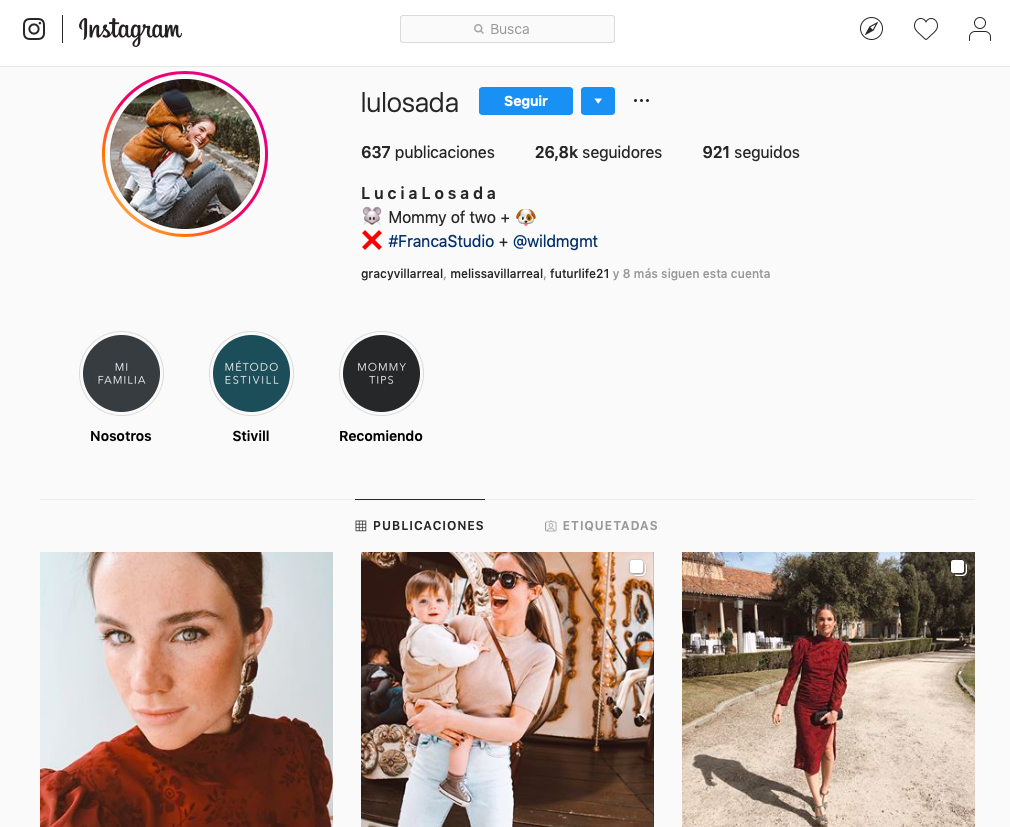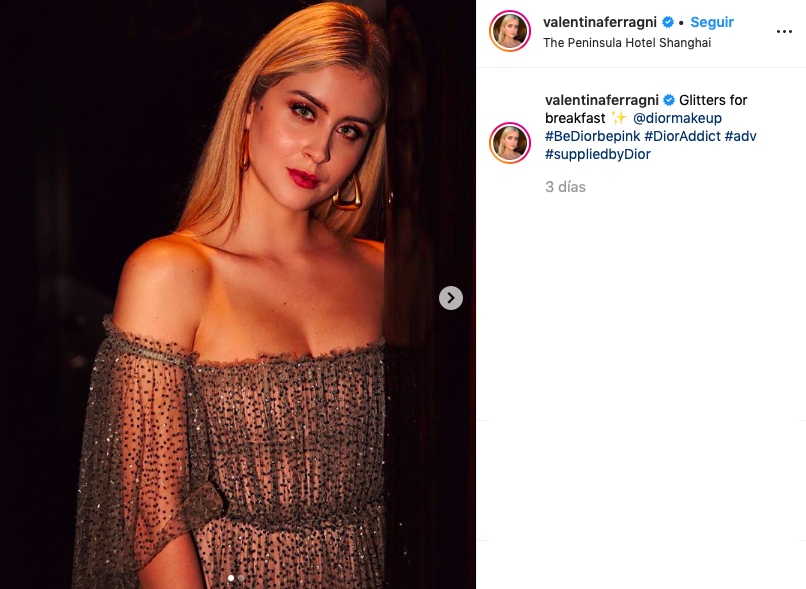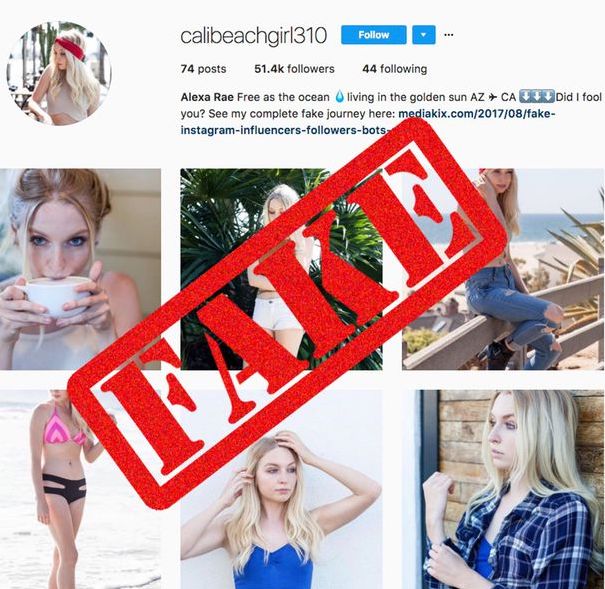Greater emphasis on Influencer Marketing
Brands are increasingly using influencer marketing as they decide to focus their efforts on the platforms where their audience spends the most time, often Social Networks.
Influencers Marketing has been one of the protagonists of 2018 and will continue to be so in 2019. The reason is simple: if you have an influence on your marketing campaign, your visibility increases rapidly and therefore generates a greater impact.

Having an influence on online marketing campaigns is becoming more common, although brands gradually tend to use microinfluencers that, despite generating less visibility, generate greater loyalty. This change of focus of the brands responds mainly to problems with false accounts, publications without authenticity and little transparency of some influencers. This is discussed below.
Micro-influencers are having a greater impact
Brands are beginning to focus on the power of micro-influencers with fewer than 10,000 followers on social networks. They are seen as more accessible and authentic people, who also interact more frequently with followers.

Micro-influencers are clear examples that size doesn’t matter. They are not among the largest but enjoy incredible credibility on the part of their followers achieving very high engagement rates.
In short, they are expert users in a very specific subject that share their passion, opinion and knowledge in their social network profiles achieving results of 3 to 5 times better in terms of engagement, per post.
Video content and live streaming
Video marketing is growing on all platforms, and currently represents more than three quarters of internet traffic. Influencers take advantage of the attractive and effective nature of video content to drive sales than text-only content.

The brands also sponsor live events on different social platforms where influencers unpack a product in real time, answer questions or promote destinations, among other possibilities. The key to using this type of marketing is that it becomes more authentic and attractive throughout the entire broadcast.
Today, we can not deny that the use of mobile inevitably occupies much of our time. The fact of being able to consume any type of content at any time and place is the one that has set, in recent years, the standard to follow in terms of typology of content. These must be: fast, enjoyable and simple.
Bearing in mind that we find ourselves with an increasingly selective audience, it is necessary to point towards ephemeral contents that, at the same time, leave their mark on the memory of the user. In this line, interactive and dynamic formats are the ones that triumph and the best example is video.
Transparency in advertising
It is important that influencers and brands warn when it comes to paid content (using hashtags: #ad, #sponsored,…).

The audience has zero tolerance for content that is phallus or unenthusiastic, and “demand” that influencers advertise products they use and can give an honest opinion. Influencers must connect honestly with the brands that support them, so many brands are looking for those who already use their products.
An analysis was carried out in which 1000 consumers were surveyed, the results corroborated that where more transparency and sincerity is expected is in social networks, then in television and radio ads and finally in interviews.
False Influencers
There are influencers who artificially inflate the numbers of followers, sometimes automating it and services backed by bots to increase the amount of “I like” publications.

Therefore, brands must evaluate the real influence they have and look beyond a large number of followers and likes, as well as evaluate the commitment of influencers to their audience.
They must do everything possible to start detecting the real influencer, and one of the tactics that could help them is the hiring of personnel or agencies specialized in this matter. They can find the people who are best suited, not only to the brand, but also to the products and services they offer for sale.
Instagram is one of the platforms where influencers are most used, and it has started to fight against this pseudo-fraud. An example of this was the implementation of its “Paid Partnerchip” functionality last year, which was intended to monitor publications promoting products and services.
This was only the first step, Instagram has committed to use Artificial Intelligence to end it once and for all.
